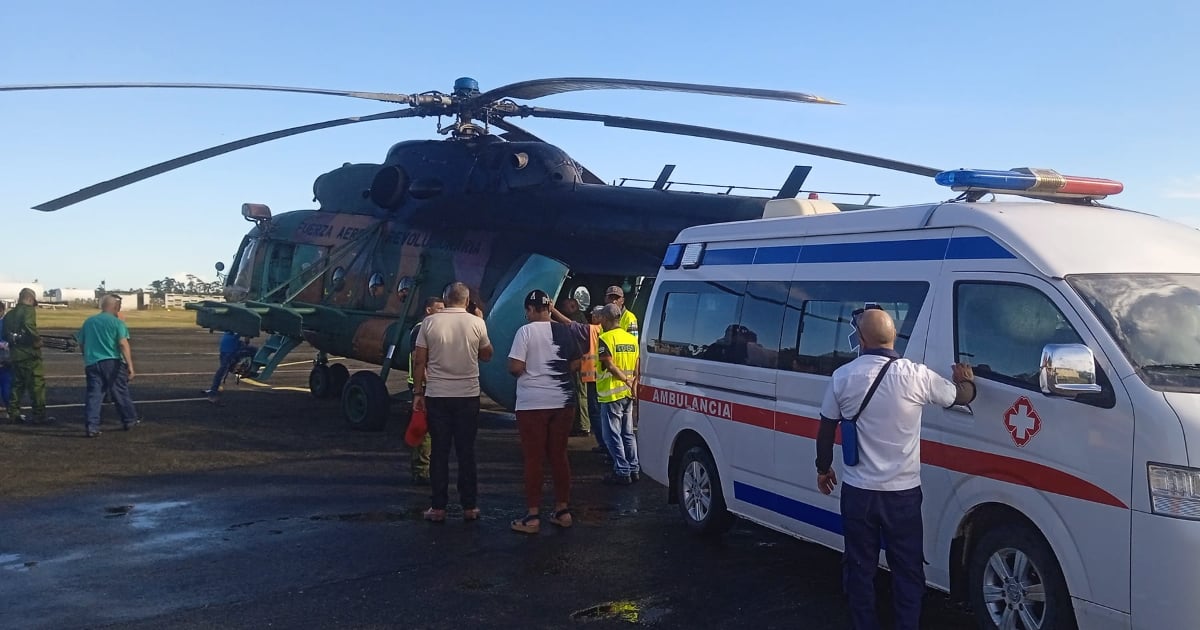This past Tuesday, the town of Baracoa witnessed a dramatic air rescue operation involving the urgent transfer of a critically ill child to a hospital outside the area. Primada Visión, a state-run media outlet, reported the airlift on social media, sharing images from the rescue but withholding further details.
Baracoa finds itself in a state of emergency, practically cut off by land due to the severed La Farola viaduct that connects it to Guantánamo. The devastation left by Hurricane Oscar has compounded existing crises, such as the complete collapse of the national power grid last Friday, which has left hundreds of thousands of Cubans without electricity.
The rescue involved a helicopter from the Revolutionary Air Force and a newly acquired ambulance, which transported the child to a hospital. However, Cuban state media did not disclose the medical reasons for the child's transfer, nor did they reveal the child's identity, age, or the hospital's name. The medical evaluation of the child also remains unspecified.
Hurricane Oscar's Toll on Guantánamo
The aftermath of Hurricane Oscar in Guantánamo is characterized by profound destruction and loss, impacts that the province will endure for a long time. Though the storm has moved away from Cuba, recovery efforts are only just beginning.
On Tuesday, Cuban authorities identified six individuals who perished in the San Antonio del Sur municipality during the hurricane's passage through Guantánamo. Among the deceased were three elderly individuals over 80 years old and a five-year-old child. The other two victims were between 30 and 40 years old.
Preliminary reports from Monday indicated that more than a thousand homes suffered damage across various municipalities in Guantánamo. "The greatest damage is concentrated in the province of Guantánamo, particularly in Baracoa, Imías, and Maisí, with severe flooding," stated the Cuban Presidency on social media, following a review meeting attended by President Miguel Díaz-Canel.
